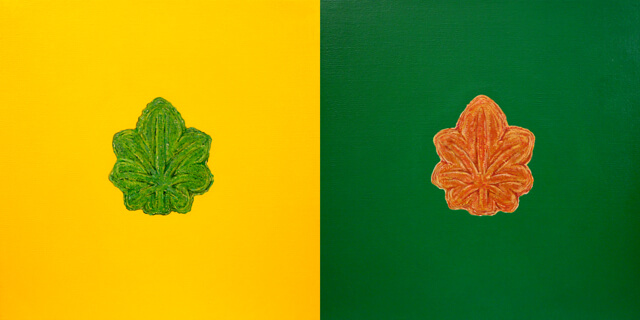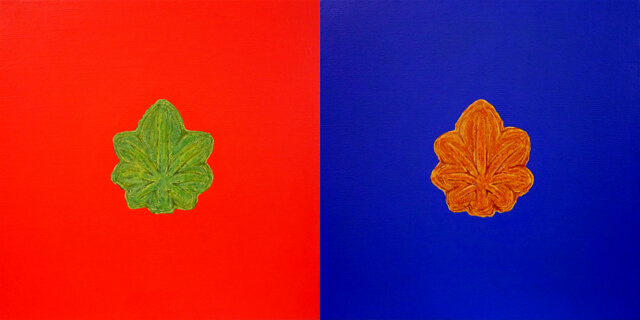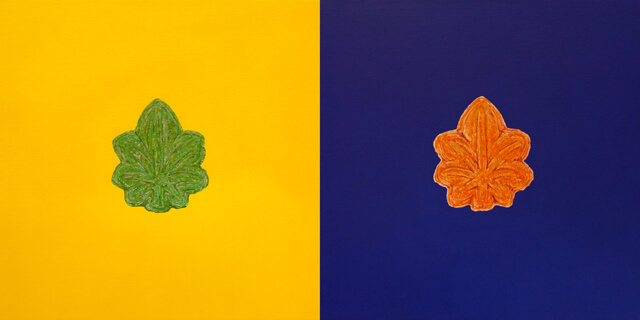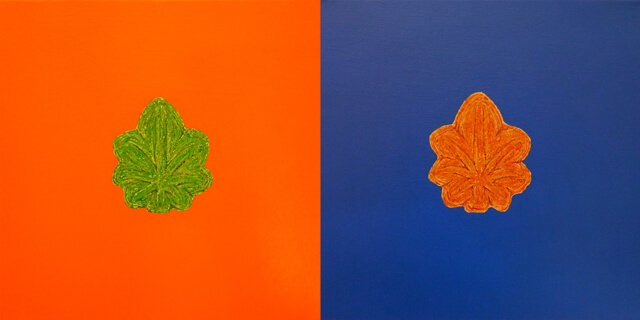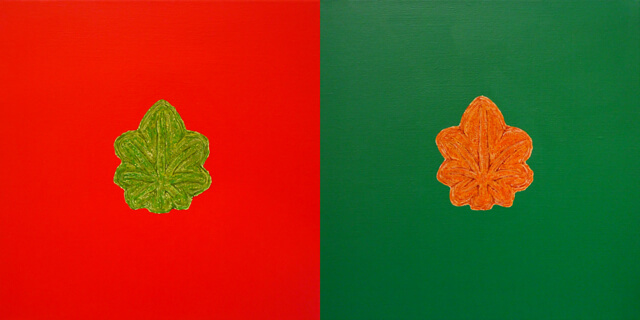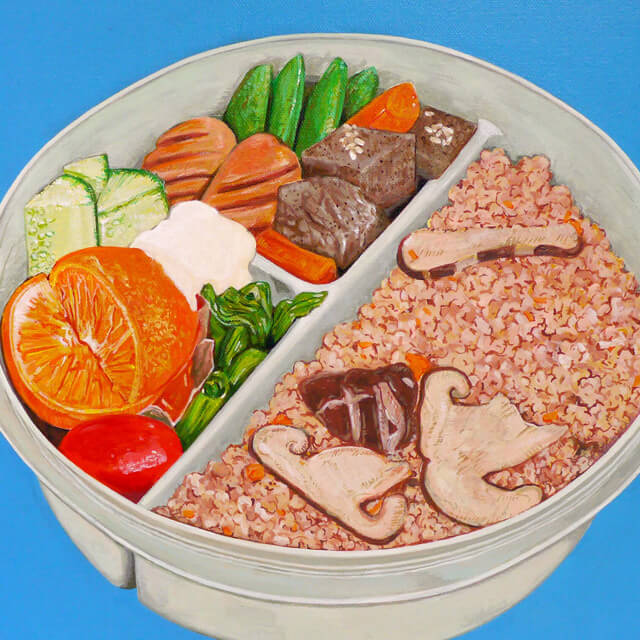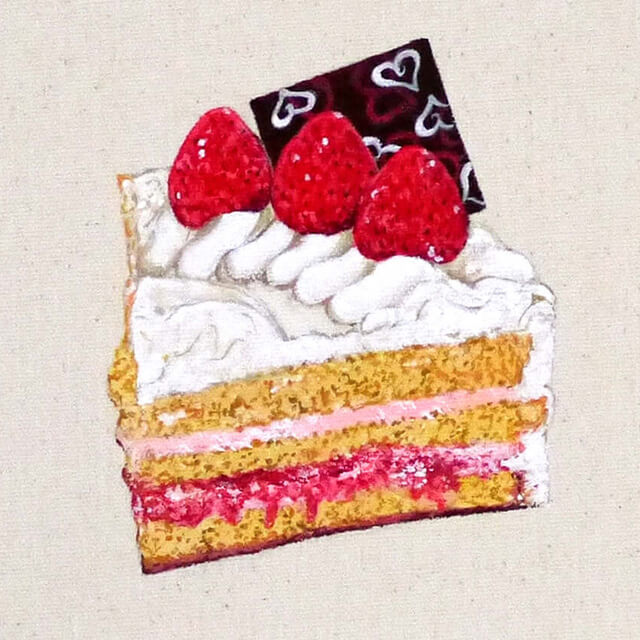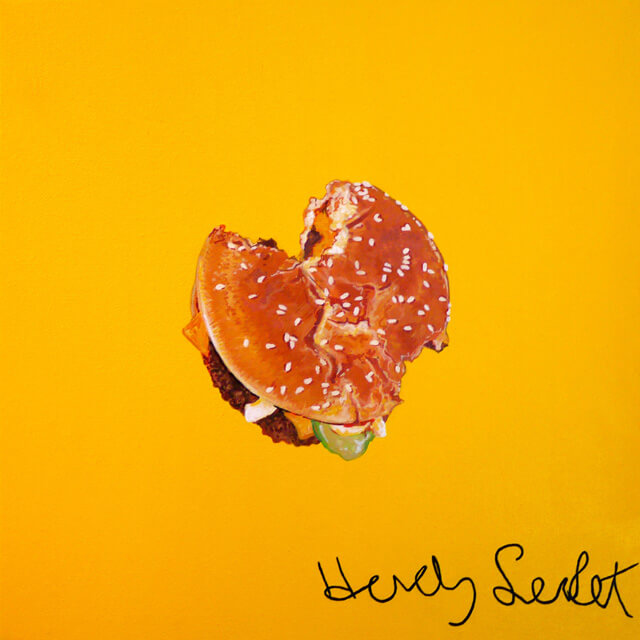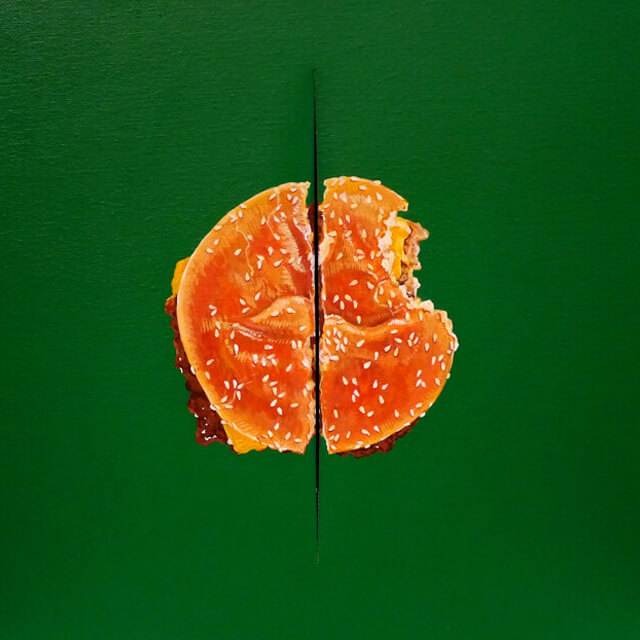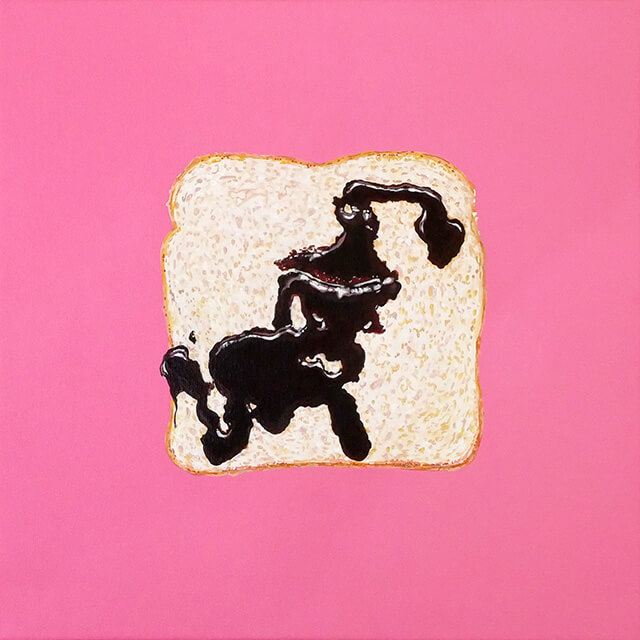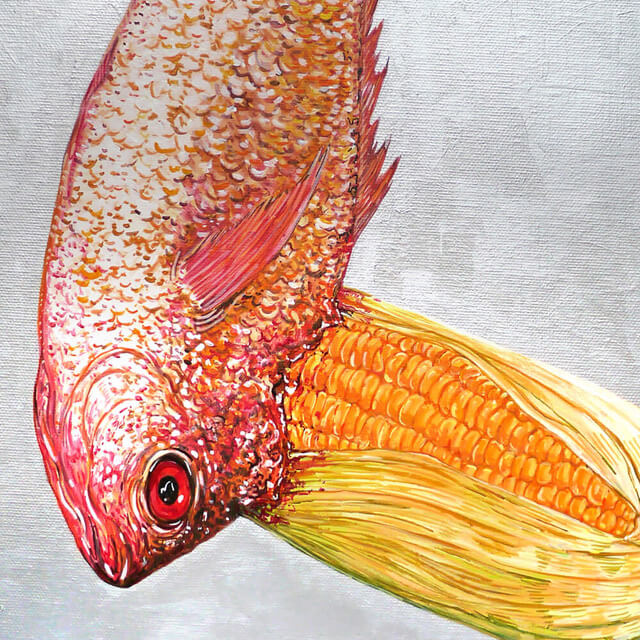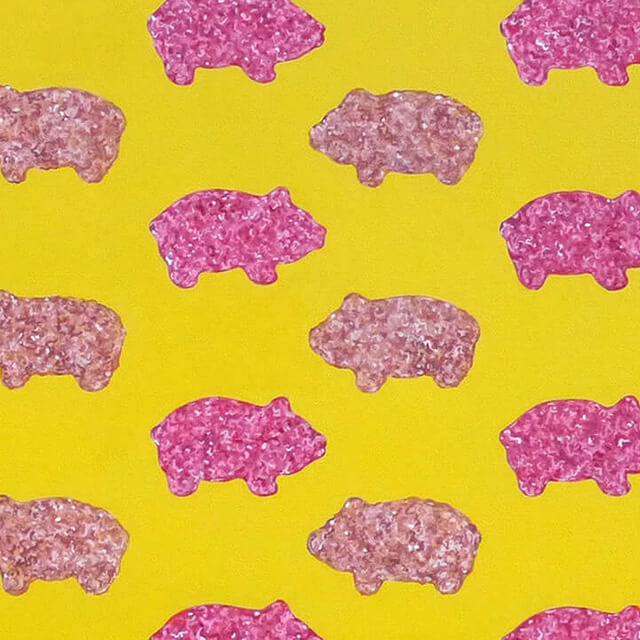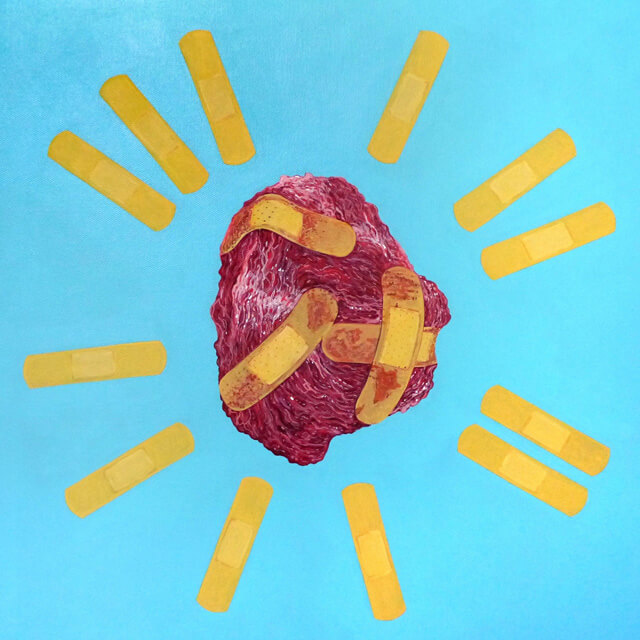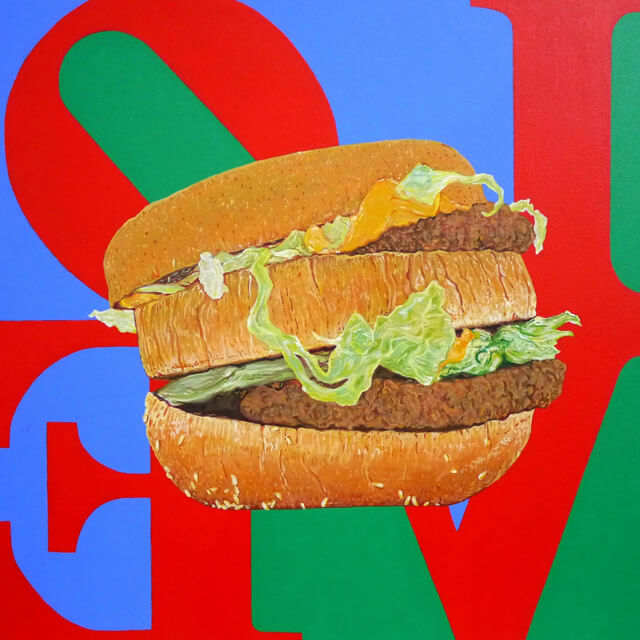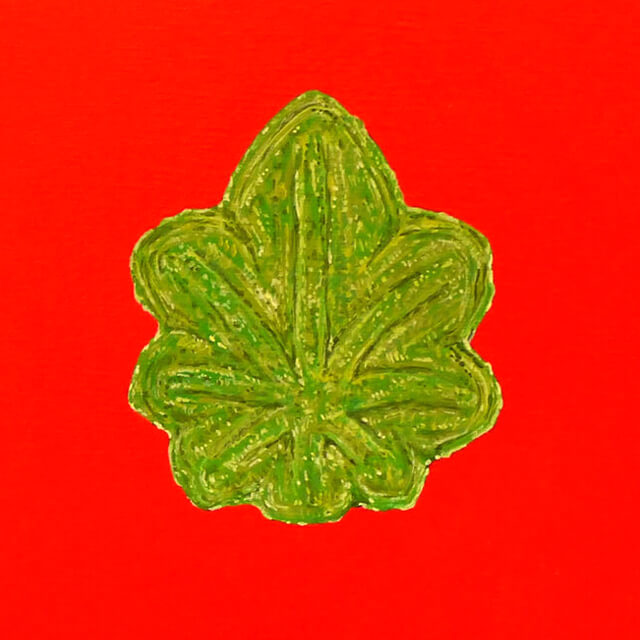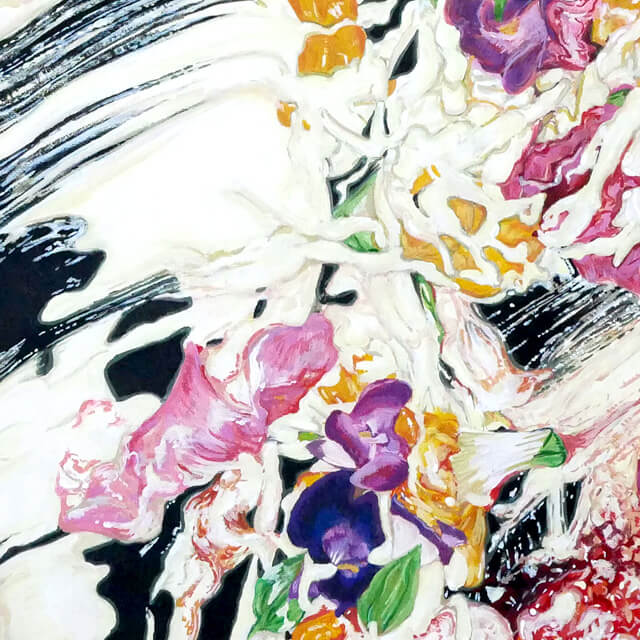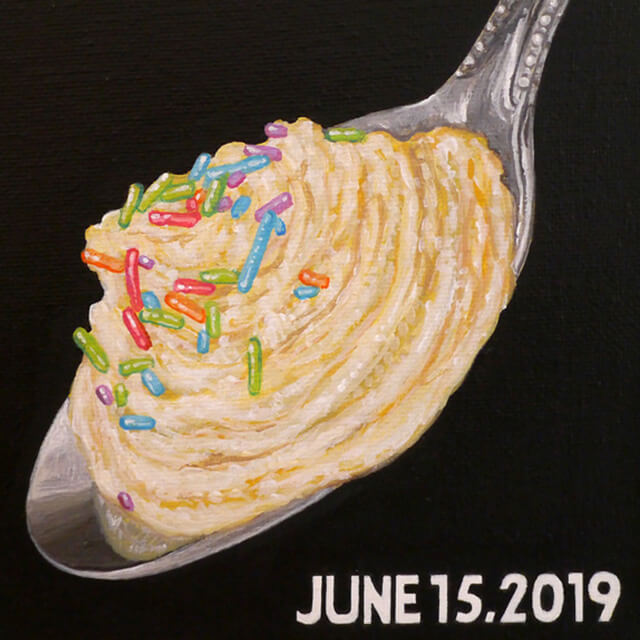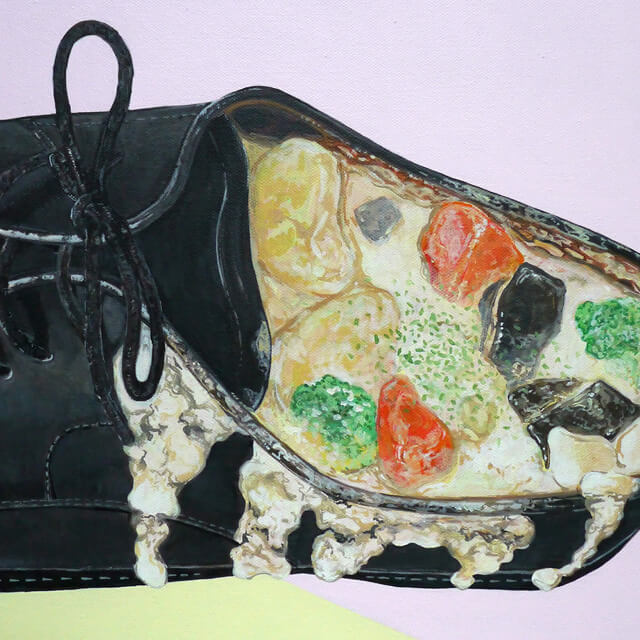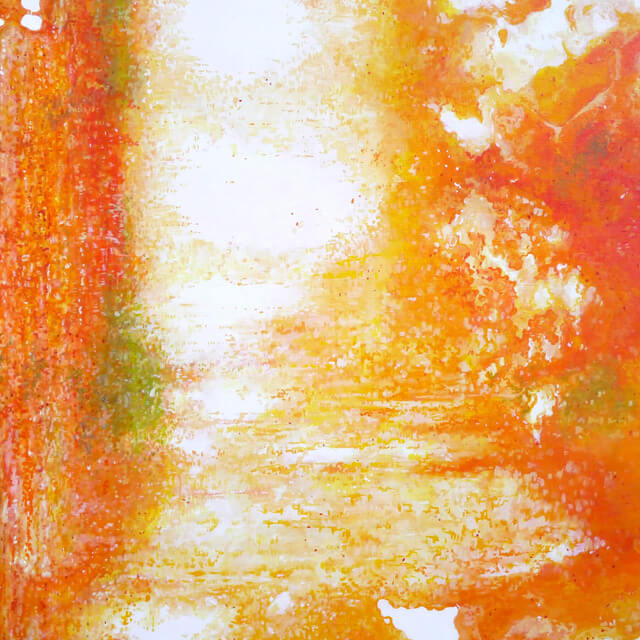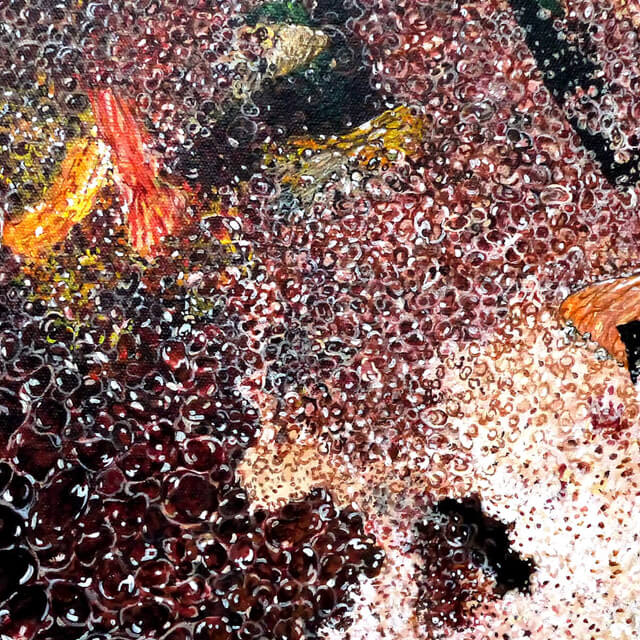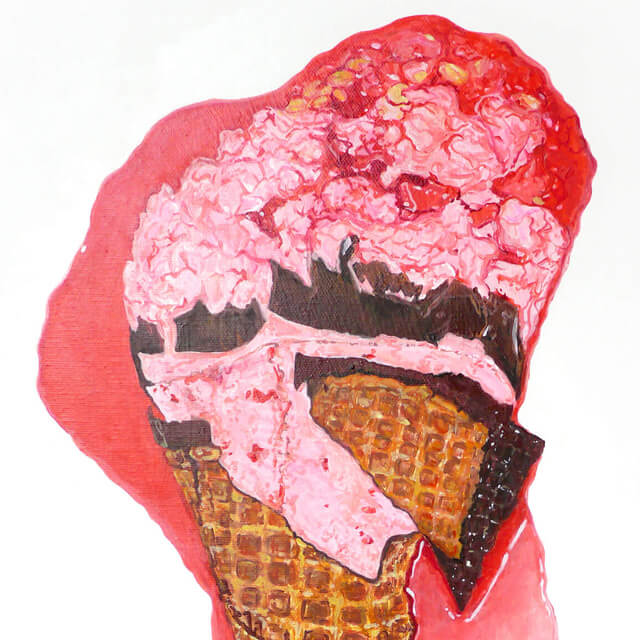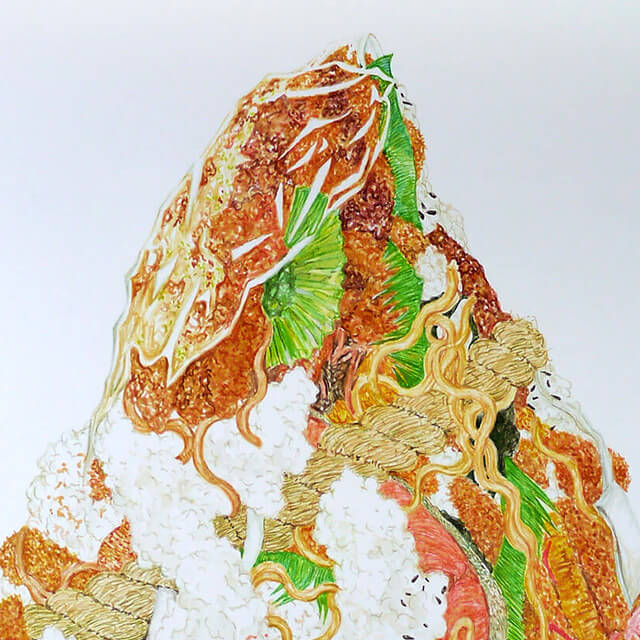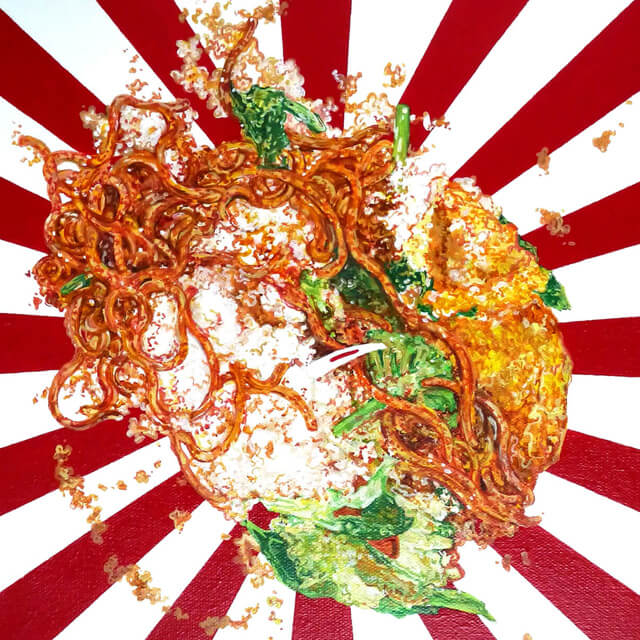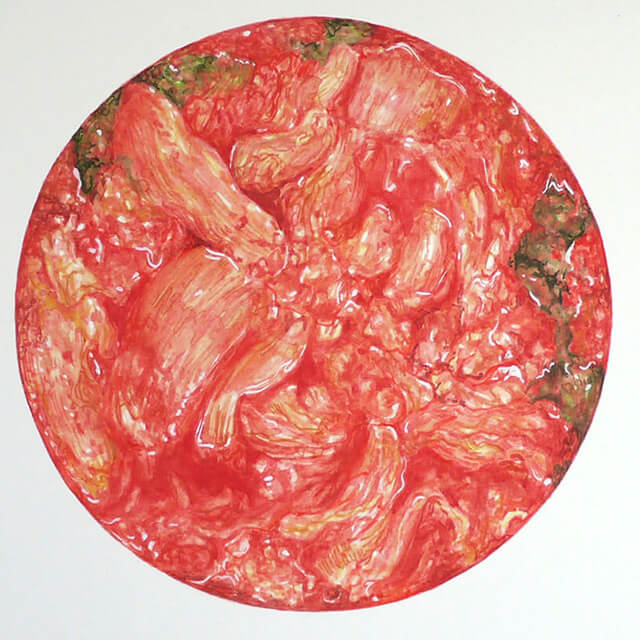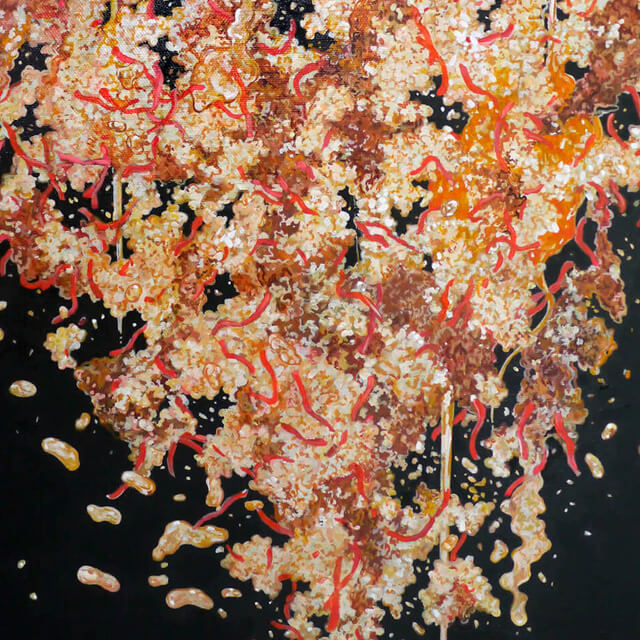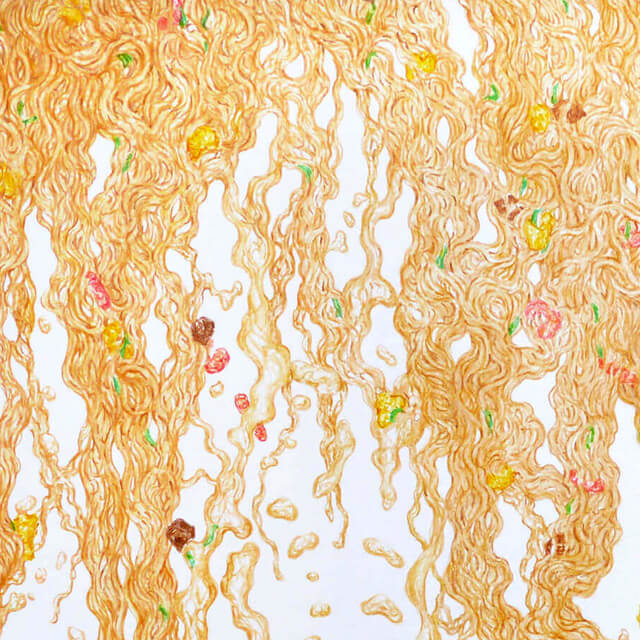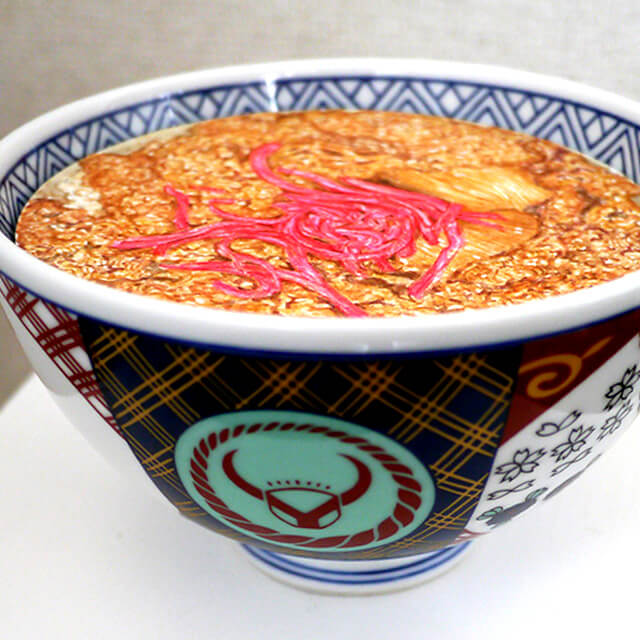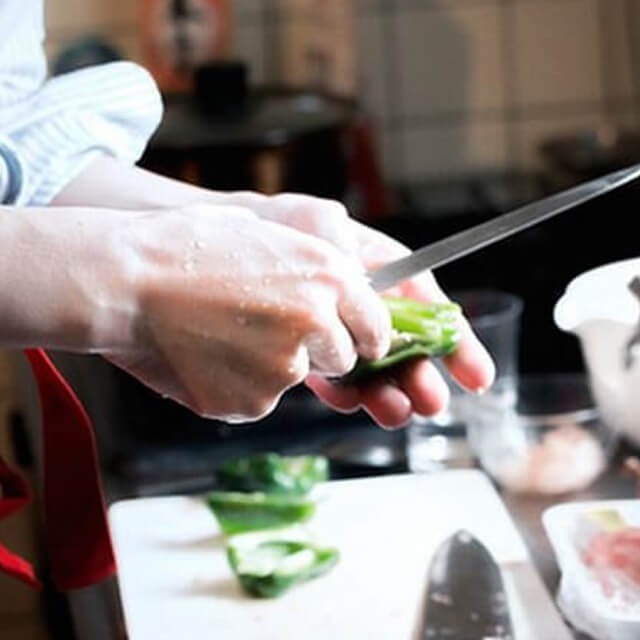Concept behind the "Cannabis-Shaped Sweet Buns" Series
In recent years, there has been a movement to legalize cannabis around the world. Following in the footsteps of medicinal use of cannabis, recreational use of cannabis has also been legalized in Canada and certain states in the United States. However, there are still many countries where cannabis is illegal. This situation seems quite out of place in a globalized world where people and things move boldly. Since it cannot cross borders, cannabis itself conjures the image of a closed world that is completely opposed to globalism. In reality, the flow of countries becoming closed off is accelerating, as demonstrated by President Trump’s America First policy in the United States and Brexit in the United Kingdom.
This series satirizes the world that is closing itself off along with the demise of globalism. Its subject is “Momiji Manju (a sweet bun in the shape of a Japanese maple leaf),” which is a famous souvenir from Hiroshima that foreigners have mistakenly identified as a cannabis leaf. By placing these items on top of a background of colors taken from the flags of each country, a statement is made about how a simple sweet bun is interpreted differently based on the location and context. In addition, the green sweet bun itself contains cannabis, while the other is painted using colors containing cannabis. In other words, one is simply the image of cannabis as a painting, while the other is the substance of cannabis itself. By placing them next to each other, the fictional image presented through a painting is contrasted with reality, while also creating an unstable condition that goes beyond “merely” art by mixing art with law and law with art. I will create this piece in California, a U.S. state where cannabis is legal, but obviously there will be countries that I cannot enter with this piece. Perhaps this eloquently tells the story of how globalism, which we had believed in, is nothing more than an illusion.







